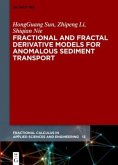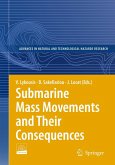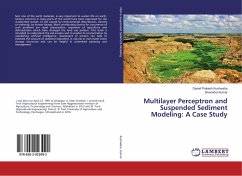Sediment traps are instruments used in oceanography to measure the quantity of sinking particulate organic (and inorganic) material in aquatic systems, usually oceans. This flux of material is the product of biological and ecological processes typically within the surface euphotic zone, and is of interest to scientists studying the role of the biological pump in the carbon cycle. Sediments traps normally consist of an upward-facing funnel that directs sinking marine snow towards a mechanism for collection and preservation. Typically, traps operate over an extended period of time (weeks to months) and their collection mechanisms may consist of a series of sampling vessels that are cycled through to allow the trap to record the changes in sinking flux with time (for instance, across a seasonal cycle).
Bitte wählen Sie Ihr Anliegen aus.
Rechnungen
Retourenschein anfordern
Bestellstatus
Storno








